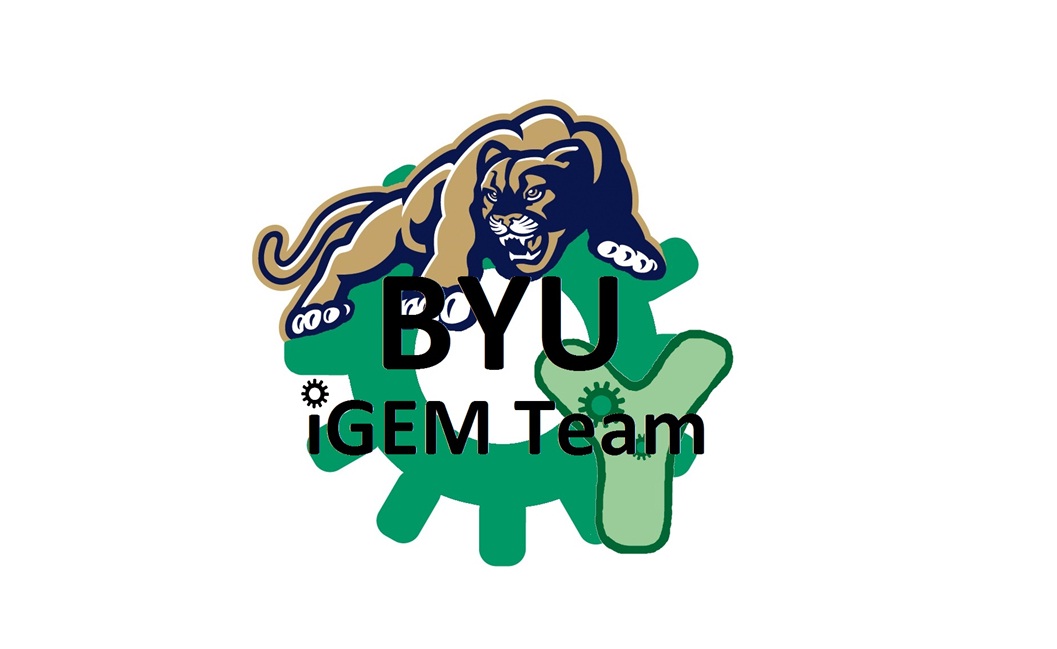Team:BYU Provo
From 2011.igem.org
|
About Us
In keeping with BYU's tradition of excellence, our team will represent BYU and all it stands for at the iGEM competition in Boston next year. This will be the first year that a team from BYU will be competing and we plan to demonstrate what Cougars are capable of.
About iGEM and Synthetic Biology
As a relatively young field of science, Synthetic Biology is proving to be of considerable interest. Due to the nearly limitless diversification of life on earth, these organisms present a powerful framework for engineering complex chemical and biological processes. Synthetic Biology takes advantage of the processes already extant within living things while seeking to use, biological, chemical and engineering principles to develop new processes to solve pressing issues.
Some of the early achievements in Synthetic Biology are the engineering of E. coli to fluoresce different colors when exposed to UV light and bacterial production of human insulin. Since then, researches in labs the world over have been laboring extensively to generate organisms capable of detecting soil composition for agriculture, discovering and producing better pharmaceuticals and even generating energy. The ever-expanding potential of Synthetic Biology provides researchers the ability to work to solve real-world issues.
In 2003, the Massachusetts Institute of Technology (MIT) formed a class whose directive was to allow students to design their own biological systems. The following year, MIT expanded the course into an intercollegiate competition now known as the International Genetically Engineered Machine or iGEM.
One of the issues currently facing Synthetic Biology is the lack of standard parts in the synthesis of novel pathways. The iGEM competition seeks to rectify this problem by developing a databank of standard parts. These parts consist of genetic sequences that have proven useful in other Synthetic Biology projects. By developing such a databank, much of the gene identification and isolation in a project may be eliminated, thus speeding along the completion of a project
Over the years, this competition has grown substantially in participation and prestige. In 2010, iGEM welcomed 130 teams from all over the world to participate in the November conference by presenting their projects.
To learn more about the iGEM competition, visit here: iGEM Website "
"
